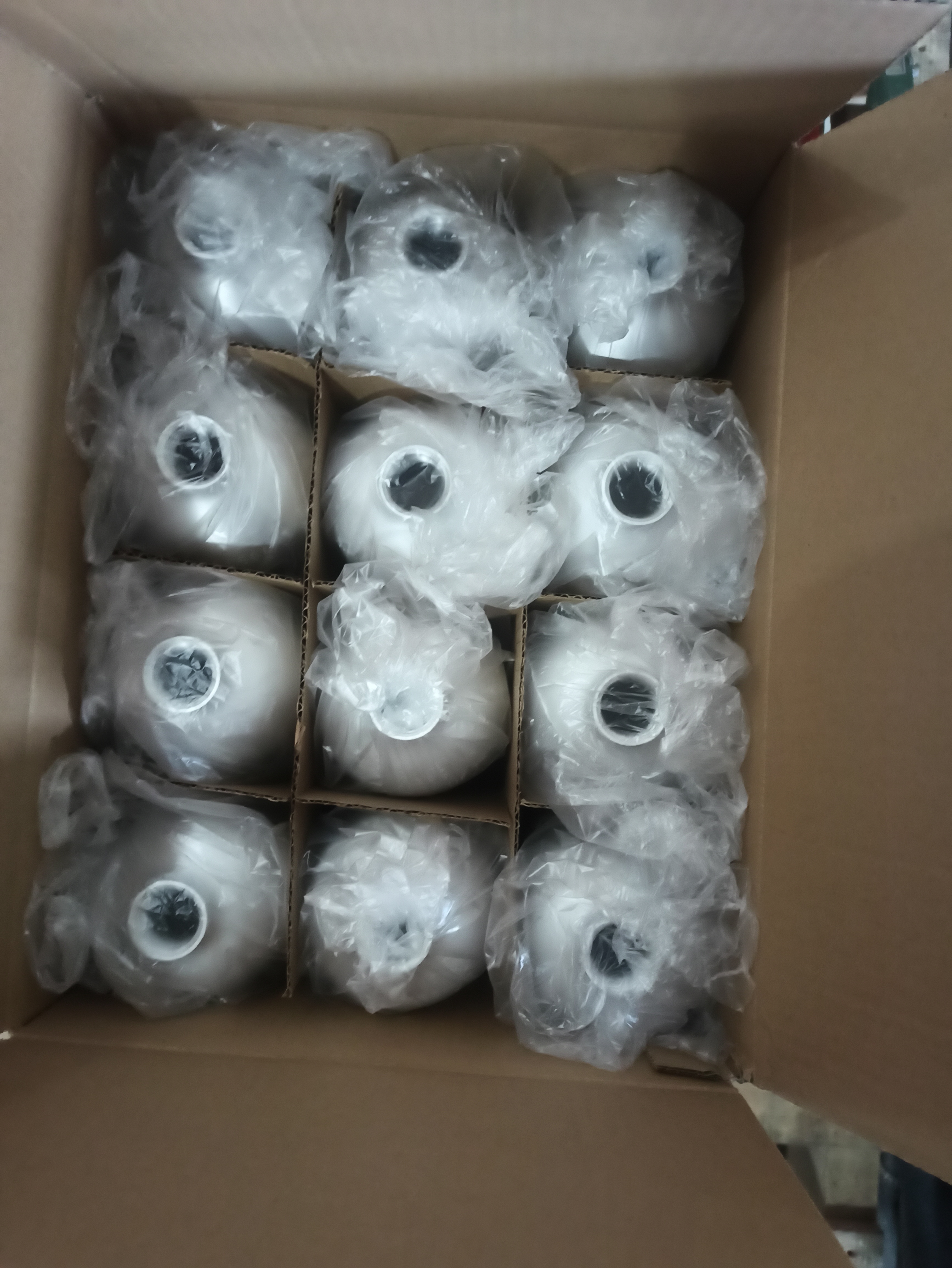Cylinders are the most common solution any time it is necessary to store and transport gases at high pressure. Depending upon the substance the content inside can take many forms, including compressed gas, vapor over liquid, supercritical fluid or dissolved gas in a substrate material. Cylinders are able to contain all of these different types of high-pressure gases.
The three major groups of compressed gases that regularly get stored in cylinders are liquefied, non-liquefied, and dissolved gases. We normally measure the pressure inside the cylinders using psi, or pounds per square inch. A typical oxygen tank might have a psi as high as 1900.
Non-liquefied gases usually referred to simply as compressed gases, include oxygen, helium, silicon hydrides, hydrogen, krypton, nitrogen, argon, and fluorine. Liquefied gases include carbon dioxide, propane, sulfur dioxide, nitrous oxide, butane, and ammonia.
In the category of dissolved gases, the primary example is acetylene. It can be very unstable, exploding accidentally at atmospheric pressure if not handled properly. That’s why the cylinders are filled with a porous, inert material that the gas can dissolve into, creating a stable solution.
We can provide high quality aluminum cylinders with professional introduction.For more information,don’t hesitate to contact us at www.zxhpgas.com!
Post time: Sep-02-2024





